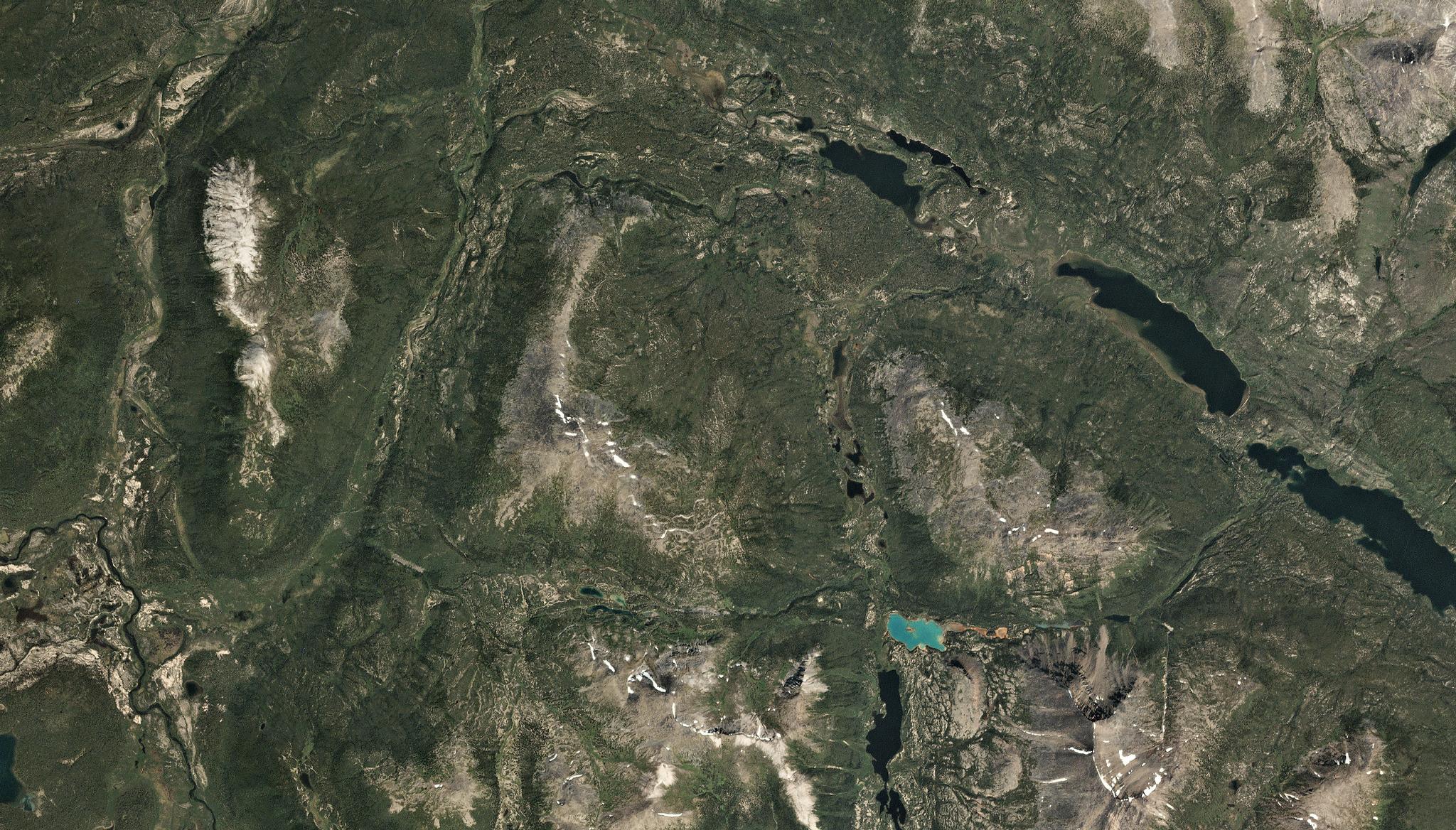PlanetScope data leveraged to reconstruct the advance and retreat dynamics of the Cordilleran Ice Sheet
Image above: Planet image of ice sheet carvings set into the mountains of British Columbia, Canada taken July 30, 2020. © 2020, Planet Labs PBC. All Rights Reserved. About 20,000 years ago, the world was experiencing the Last Glacial Maximum, the end of the Pleistocene epoch when ice sheets covered most of Northern Europe, Asia, and North America. At this time, the Cordilleran Ice Sheet rested on top of modern day Alaska, western Canada, and the northwestern region of the United States. However, the advance of this ice sheet to its Last Glacial Maximum location and its subsequent ice retreat has not been well understood. To gather further information on the subject, scientists from Charles University in Prague, the University of Manchester, and Stockholm University leveraged PlanetScope data to map and reconstruct the eastern Cordilleran Ice Sheet margin in the Late Glacial era for the first time. By observing our satellite data, the researchers could evaluate the historical stages of ice flowsets. Overtime, these ice flows carved directional lines into the existing bedrock, which today can be viewed with Planet imagery. This provides insight into the history of the movement of the Cordilleran Ice Sheet at different times. For their work, the researchers classified seventy ice-flow indicator flowsets relating to morphology, elevation, and orientation. They were then able to organize these into three stages ranging from oldest to youngest. Using these references, the scientists reconstructed and mapped aspects of the orientation and movement of the Cordilleran Ice Sheet by noting cross-cutting relationships between the Cordilleran Ice Sheet glaciers and surrounding independent mountain glaciers, ice caps, and ice fields. From the rock formations, the team observed that these surrounding glaciers were eventually overran by the glaciers of the Cordilleran Ice Sheet, allowing them, for the first time, to gain a better understanding of the historical timing and climatic state of the world during such movements. The full study can be found in Quaternary Science Reviews.

Ready to Get Started
Connect with a member of our Sales team. We'll help you find the right products and pricing for your needs.


